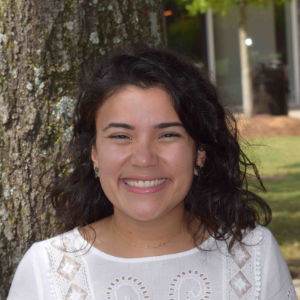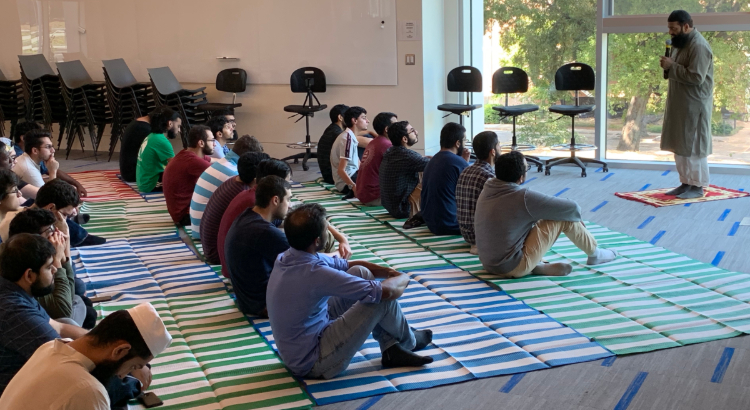Upon completion of the Kendeda Building for Innovative Sustainable Design, we asked seven team members to reflect on their work on a complex Living Building Challenge project. As a lens, they used the LBC’s seven Petals. Check out all the Petal Columns by clicking here.
When I first walked into the Kendeda Building, my eyes were drawn to a beautiful, caramel-colored wood ramp running through the center of the space. This is the essence of equity, I thought.
Equality? Not exactly. Equality and equity are two very different concepts, but we tend to use these words interchangeably . Equality refers to a very limited attempt to “level the playing field.” Equity entails providing an equal experience for everyone — even if the means to achieve that experience sometimes is not equal.
If the Kendeda Building was trying to provide a minimal standard of “equality,” there would just be a ramp. It might wind through the back of the building, far from the main entrance. It might not even look as aesthetically pleasing as the rest of the space. A person wanting to use this means of entry would have to exert more energy than simply opening the front door and walking inside. Just as importantly, that person’s participation would be relegated to second-class — separated from the uplifting experience of moving seamlessly through the building’s atrium.

You may be thinking to yourself, “It’s just a ramp. Is it really that big of a deal? It’s different from the typical ramps you see in buildings, but why does it even matter?” But placing a ramp in the center of the building symbolizes something bigger than the individual: It is about the place of humanity within the realm of “green” spaces.
It may seem very out-of-the-box to think about a correlation between equity and sustainability. But a fundamental relationship between the two exists.
As humans we are alive. We are a part of nature, just like the plants and the animals around us. For some reason, we choose to drive wedges between ourselves and others, categorizing our own group as separate and better than the “other,” whoever or whatever that may be. But when we are mindful about the design of the buildings where we live and work, something about our productivity and mindset changes.
Storyteller Jay Shetty says, “Location has energy, and time has memory.” When we build with the intention to implement equity, we create locations with powerful and positive energy, like the Kendeda Building. Structures like this pave the way to innovation, or what we call at Georgia Tech “creating the next.” They not only hold a message — they work to change the dynamic of human interaction and collaboration.
As a Latina, I know firsthand what it is like to be in a space where you don’t feel welcome. Especially as an engineering student, I usually find myself one of the only women of color in a room. Because of what I look like, I have countless memories of times where unequitable spaces made me feel marginalized and even decreased my individual productivity. For someone else, it might be physical ability, sexual orientation, religion or another quality that separates and marginalizes. Regardless of the reason, it doesn’t allow us as humans to reach our full potential.
We can only solve global issues like the climate crisis when we all choose to work together and place true value on the ideal of equity. When we do this, we are considering all perspectives, and we are brainstorming holistically to achieve the best outcome. Diversity truly breeds innovation.
Designed to Living Building Challenge standards, the Kendeda Building truly brings to life that message. Just like Mother Nature, it does not discriminate, and the location brings about a rare energy that has the means to make a huge change. I hope that we use this building as a standard in our society for not only environmentally sustainable building practices but also for how we want to make all kinds of people feel in communal spaces. Let it set a precedent and create memories of acceptance and peace for all who walk through its doors, perfectly mirroring nature.
Angelica Acevedo of Orlando, Fla., is a third-year student in the School of Civil and Environmental Engineering at the Georgia Institute of Technology. She is a Living Building Equity Champion, an active member of the Student Sustainability Advisory Council, and an Undergraduate Sustainable Business Ambassador.
PHOTO AT TOP: A Jumu’ah (Friday prayer) service was the first religious ceremony in the Kendeda Building. Photo by Ken Edelstein.


